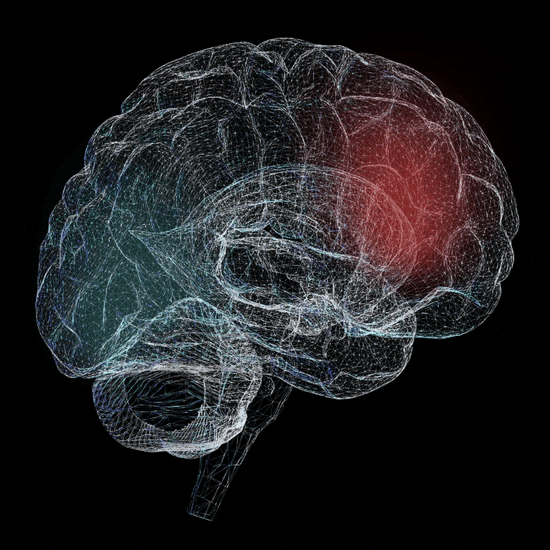
What is Gemini 2.0 Flash Thinking?
Gemini 2.0 Flash Thinking Experimental is Google's enhanced reasoning model, capable of showing its thoughts to improve performance and explainability.
Problem
Users are currently utilizing less advanced AI models for reasoning tasks, which may not effectively demonstrate their thought processes and can lead to misunderstandings. The drawback of this old situation is that AI lacks the ability to show its thoughts to improve performance and explainability.
Solution
An enhanced reasoning model developed by Google, allowing users to engage with the model to improve performance and understand the AI's reasoning process. Users can employ this model to show its thoughts to improve performance and explainability, enhancing operational efficiency in diverse scenarios.
Customers
AI researchers, data scientists, and companies seeking improved AI reasoning capabilities and explainability in their models. These are tech-savvy individuals or organizations focusing on AI development and innovation.
Unique Features
The unique offering of Gemini 2.0 is its capability to show the AI's thoughts, enhancing both performance and explainability, which is not commonly found in other AI models.
User Comments
Users appreciate the enhanced performance and explainability.
There is interest in seeing how this model can be applied practically.
Some users express a desire for more detailed documentation or case studies.
Comments reflect curiosity about the model's ability to process complex reasoning tasks.
Feedback indicates anticipation for future iterations or enhancements.
Traction
Gemini 2.0 is an experimental model, with traction likely building as it gets further tested and integrated into more systems.
Market Size
The global AI market size was valued at $93.5 billion in 2021 and is expected to expand at a compound annual growth rate (CAGR) of 38.1% from 2022 to 2030.


